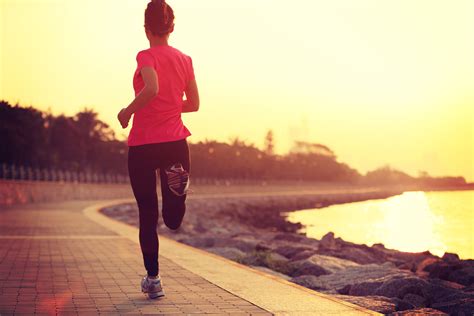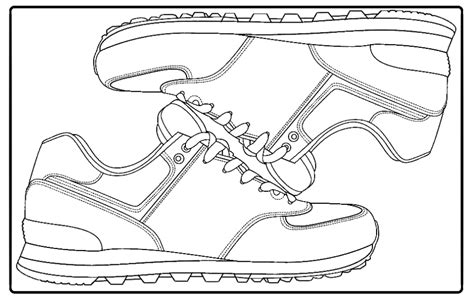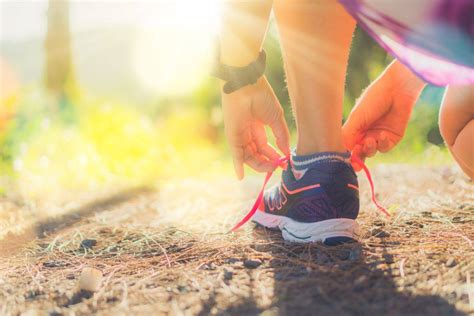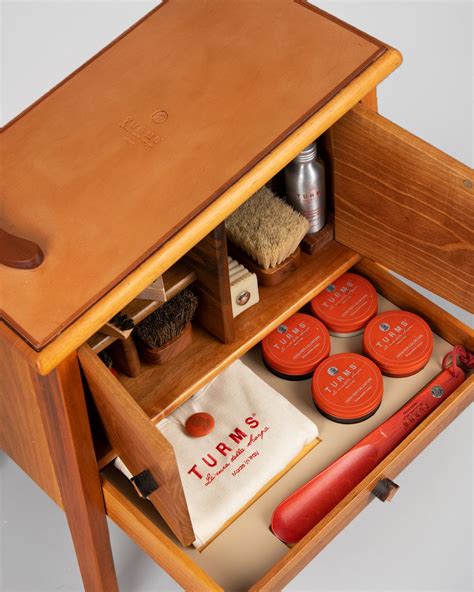For men dedicated to maintaining peak fitness through running, the longevity and performance of their running shoes are paramount. Far more than just footwear, running shoes are a crucial piece of equipment that provides cushioning, stability, and support, directly impacting performance and injury prevention. Understanding how to extend their lifespan and preserve their vital cushioning isn’t just about saving money; it’s about safeguarding your body and ensuring every run contributes positively to your fitness journey.
The Critical Role of Running Shoe Longevity
Running shoes are designed with specific materials that, over time and use, naturally degrade. The midsole, typically made of EVA foam or similar compounds, is responsible for absorbing impact and providing energy return. As you accumulate miles, this foam compresses and loses its ability to rebound, leading to a “dead” or “flat” feeling. Continuing to run in worn-out shoes can significantly increase your risk of injuries, including shin splints, runner’s knee, plantar fasciitis, and stress fractures, as the protective cushioning diminishes and biomechanical support wavers.

Understanding Cushioning Degradation
Cushioning isn’t just about comfort; it’s about shock absorption. Each stride you take generates impact forces several times your body weight. The shoe’s midsole is engineered to dissipate these forces, protecting your joints and muscles. Over time, the repeated compression and expansion of the midsole material cause it to break down. This degradation can be accelerated by factors such as your running gait, body weight, the surfaces you run on, and even environmental conditions like heat and moisture. A loss of cushioning means your body absorbs more of the impact, leading to increased fatigue and a higher risk of musculoskeletal issues.
Practical Strategies for Extending Shoe Lifespan
Shoe Rotation
One of the most effective strategies is to rotate between two or more pairs of running shoes. This allows the cushioning in each pair to fully decompress and recover between runs, extending the lifespan of both pairs. It also helps your feet adapt to slightly different support structures, potentially enhancing foot strength.
Proper Cleaning and Drying
Mud, dirt, and sweat can accumulate and degrade shoe materials. After a run, gently clean off any visible dirt with a soft brush or cloth. Crucially, allow your shoes to air dry completely. Remove insoles and loosen laces. Never put running shoes in a tumble dryer or on a direct heat source, as high temperatures can damage the midsole foam and adhesives, accelerating their breakdown.

Smart Storage
Store your running shoes in a cool, dry place away from direct sunlight and extreme temperatures. Avoid leaving them in a hot car, which can cause the materials to warp and degrade prematurely. Do not stack heavy objects on top of them, as this can compress the cushioning.
Activity-Specific Use
Reserve your running shoes exclusively for running. Wearing them for everyday activities, weightlifting, or sports that involve lateral movements (like basketball or tennis) puts different kinds of stress on the shoes, accelerating wear in ways not intended for their design and shortening their effective running life.
Preserving Cushioning Integrity
While some cushioning degradation is inevitable, you can take steps to slow it down:
- Avoid Excessive Compression: Try not to wear your running shoes for extended periods when you’re not running. Constant compression, even when walking, adds to the wear and tear on the midsole.
- Surface Awareness: Where you run matters. Softer surfaces like trails, grass, or track surfaces put less stress on your shoes (and your body) compared to hard concrete or asphalt. Incorporating variety in your running surfaces can help preserve cushioning.

- Weight and Shoe Choice: If you are a heavier runner, you may put more stress on shoe cushioning. Consider shoes designed with more robust cushioning or stability features, and be prepared that they might degrade slightly faster than for lighter runners.
When to Replace Your Running Shoes
Even with the best care, running shoes have a finite life. Most experts recommend replacing running shoes every 300 to 500 miles, or every 4-6 months, whichever comes first. However, listen to your body and look for these signs:
- Physical Wear: The outsole tread is worn smooth, especially in high-impact areas. The midsole looks compressed, wrinkled, or has visible cracks. The upper material might be torn or stretched out.
- Loss of Cushioning: The shoes feel “flat” or less responsive. You might notice increased soreness in your joints, feet, or legs after runs that previously felt fine. This is often the most critical indicator.

Investing in Quality & Proper Fit
The journey to extending shoe lifespan begins with the initial purchase. Investing in a quality pair of shoes that are appropriate for your foot type, gait, and running style is crucial. Visiting a specialized running store for a professional gait analysis can ensure you select shoes that offer optimal support and cushioning from day one, setting a strong foundation for their longevity and your running success.

By adopting these proactive strategies, male runners can significantly extend the life of their running shoes and the integrity of their cushioning. This not only translates to better value for your investment but, more importantly, ensures that your feet and body receive the consistent support and protection needed to maintain optimal fitness, prevent injuries, and continue enjoying the many benefits of running.




